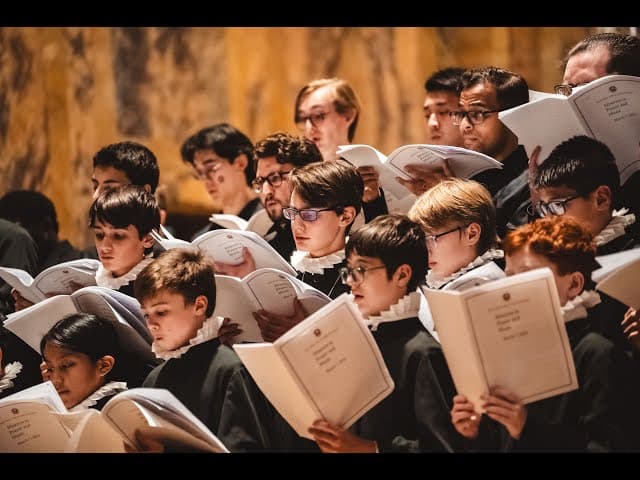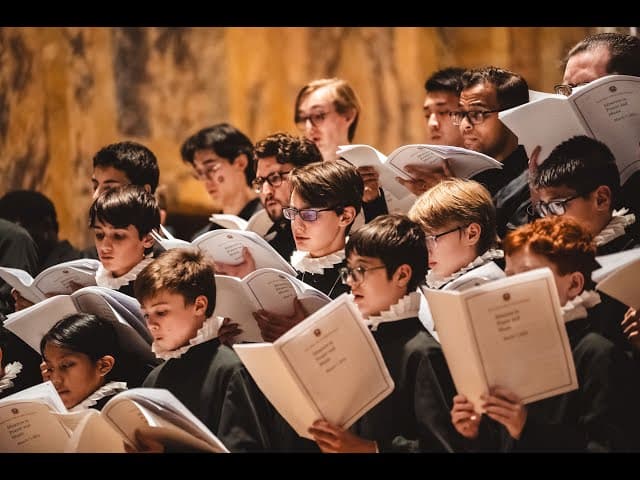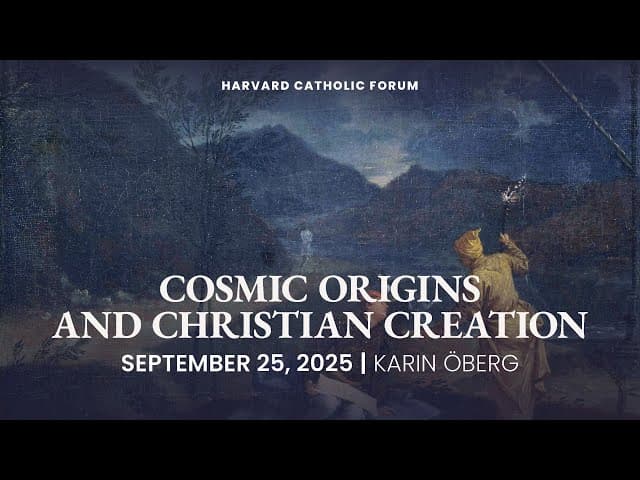Rome entered the Renaissance as a bipolar city, with two hubs of power: at the Vatican, seat of the popes, and on the Capitoline Hill, the center of civic government. Both poles underwent complete transformation in the sixteenth and seventeenth centuries through building projects of genius, guided most importantly by the two most famous architects of the age, Michaelangelo and Bernini. But much of the old city was replanned, too: powerful patrons and their architects, especially Borromini, refashioned the major basilicas and the icons enshrined in them into islands of sacred order. These islands projected both stunning beauty of form and the religious values of the Catholic Reform into the multi-layered urban fabric of Rome.
Learn more at harvardcatholicforum.org/the-city-and-the-sacred







